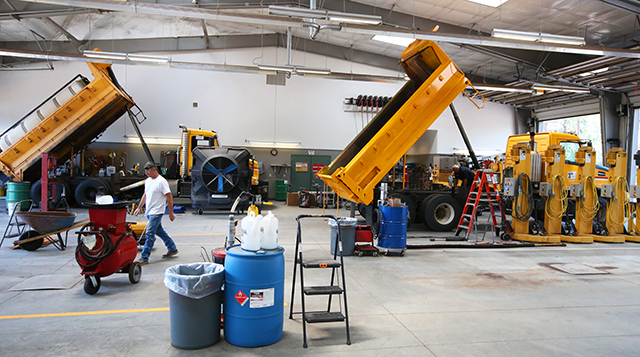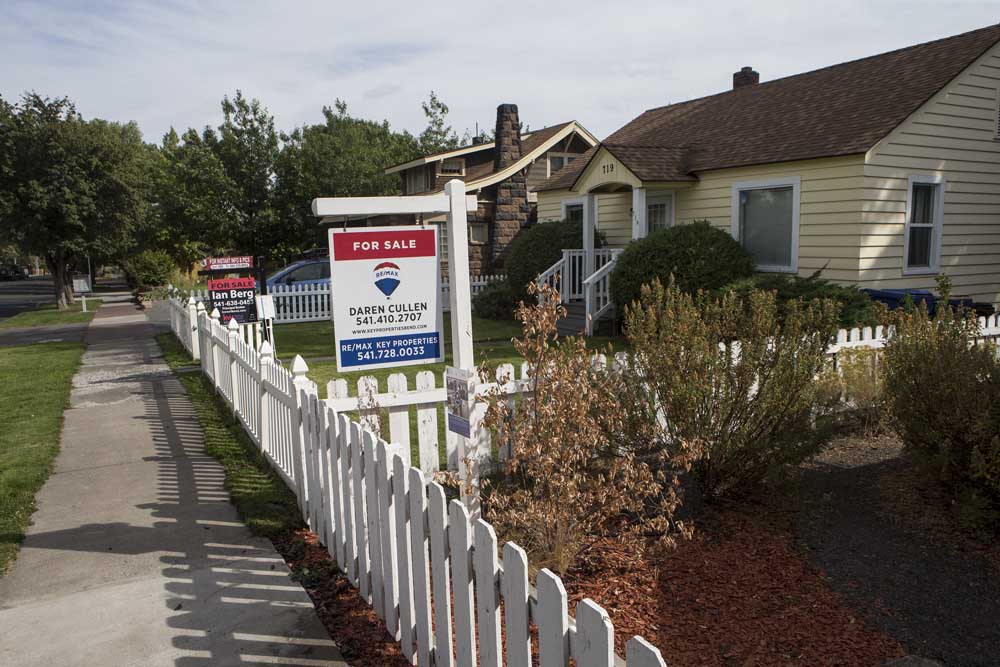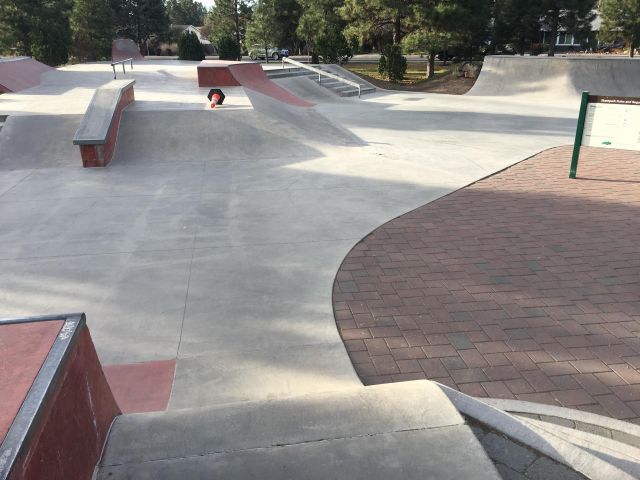Editorial: Darlene 3 and McCaffery fires came too close
Published 5:00 am Thursday, July 11, 2024

- Firefighters continue to battle the Darlene 3 Fire, which had burned 3,889 acres as of Friday morning and was 42% contained.
It doesn’t matter if people caused — or did not cause — the Darlene 3 Fire near La Pine or the McCaffery Fire near Redmond.
The fires came too close to homes, infrastructure, human lives.
Trending
Firefighters in Central Oregon talk about their communities being uncomfortably close to having a very bad day. One unattended cook stove or malfunctioning heating unit or one unwatched campfire on nearby federal land and the wind blowing in the wrong direction and the results could be catastrophic.
So does it make sense that people can camp on federal land, so close to the county’s cities?
You can’t discuss the issue without consideration of non-recreational campers, recreational campers and the people who live in the nearby towns.
How far away would be far enough for a camping ban? Is there a right distance? And where is the humanity in running people off of campsites who are already struggling to live when there is no good place for them to go, only moving them farther away from services?
Yes, you can point to the government’s policies and sections of code about camping on federal land. One excerpt: “Dispersed camping is generally allowed on public land for a period not to exceed 14 days within a 28 consecutive day period.” But where is the capacity to enforce that?
With more affordable housing, with more shelter beds, with more mental health treatment and substance abuse treatment, with more established and monitored camping areas, the wildfire risk would be reduced. It’s not a perfect answer. It’s not a cheap one. But it gets at the roots.








